We've all been there: seeing your dog pace around the house or hearing them whine for no apparent reason. If you're asking yourself, "How can I relax my pup?" we hear you. Our canine friends can get anxious and upset just like we do. A new environment or a sudden noise, among other stressors, can take a toll on their well-being.
Thankfully, there are plenty of natural ways to help soothe their nerves and promote relaxation without turning to drastic measures. Ready to turn those nervous behaviors into chill ones? We'll let you in on some natural, pup-friendly techniques!
Why Do Dogs Get Stressed or Anxious?
Even the most laid-back pooch can get stressed or anxious from time to time. It's usually because something in their world is off balance. Maybe they're nervous about a new environment or unsure about a change in their schedule. There are a lot of reasons why they can feel uneasy.
It's important to recognize these triggers to effectively help reduce anxiety in our canine companions. Let's discuss some of their common stressors and how you can spot the issues before they spiral.
Common Triggers
There are a ton of things that can send your dog into panic mode, and sometimes, they'll show it in ways that are not so obvious. A few of the most common triggers include sudden noises, big changes, and too much activity around them. Keep an eye out for these everyday stressors:
-
Loud or Sudden Noises (Fireworks, Thunderstorms, Sirens)
-
Separation Anxiety and Being Left Alone for Long Periods
-
Changes in Routine or Environment (Moving Homes, New People, or Pets)
-
Travel, Vet Visits, or Grooming Appointments
-
Encounters With Strangers or Unfamiliar Animals
-
Confinement, Crate Time, or Lack of Personal Space
-
Past Trauma, Abuse, or Neglect
-
Overstimulation or Lack of Mental/Physical Activity
-
Illness, Injury, or Physical Discomfort
-
Grief or Loss of a Familiar Person or Pet
Understanding Your Dog's Body Language and Stress Signals
You know your dog's personality better than anyone, but how well do you understand their body language? A dog's body is like an open book, especially when they're anxious or upset. If you learn to read the signals, you'll be able to tell when they're not feeling their best and need some help to chill out.
There's a lot going on in our canine friends' body language, from how they hold their tails to how their ears move. Let's get down to the basics of reading those clues so you can protect your pup's peace.
Physical Signs of Stress
If you notice your dog acting a little off, look out for these common physical signs that might indicate they're distressed. Here are some signs to watch for:
- Trembling, Shaking, or Raised Hackles. If your dog's body is shaking or their hackles are up, they're likely feeling threatened or uneasy.
- Tucked Tail and Pinned-Back Ears. A tucked tail and ears flattened against their head are clear signs of fear or discomfort.
- Dilated Pupils, Rapid Blinking, or Excessive Shedding. These are clues that your dog's senses are on high alert, often due to stress or anxiety.
- Excessive Panting, Drooling, or Licking (Not Heat or Food Related). If they're panting or drooling without a good reason, it might be anxious feelings rather than just the heat.
Behavioral Signs of Stress
Dogs express their anxiety and discomfort through their behaviors, and by paying close attention, you can spot the signs early. Look for these behavioral clues:
- Restlessness, Pacing, or Freezing in Place. If your pet can't settle down, it's often a sign that their mind is racing.
- Hiding, Avoiding Interaction, or Seeking Isolation. Some dogs like to retreat when distressed, seeking a safe spot away from the action.
- Clinginess, Following Closely, or Not Wanting To Be Left Alone. On the flip side, other dogs get super needy when feeling anxious, sticking to you like glue.
Vocal and Facial Cues
Dogs are talkers, but they don't always bark to communicate. Sometimes, their faces and other vocalizations can tell you exactly what's going on inside that furry little head of theirs. Here are the vocal and facial cues to keep an eye on:
- Barking, Whining, Growling, or Snapping. These sounds often mean your dog is either scared, frustrated, or trying to assert dominance over a situation.
- Yawning, Lip Licking, or Turning Head Away. These can be signs of stress, even if your pet isn't visibly upset. They're subtle but very telling.
The Importance of Relaxation for Your Dog's Well-Being

Keeping your dog calm can have a massive impact on their overall health. When they're chill, they're more likely to be in a better mood, enjoy playtime, and respond well to training. A mellow pup is also less prone to aggression and anxiety-driven behaviors.
Chronic stress, on the other hand, can mess with their mental and physical well-being. This can lead to issues like weaker immunity, poor sleep, and behavioral problems. So, some R&R is not just about making our furry friends feel good in the moment but also about helping them become healthier and happier.
How To Relax a Dog Naturally: Safe and Gentle Techniques
There are plenty of safe and gentle techniques you can try to help your dog feel calm without resorting to harsh measures. We're talking methods that are simple, effective, and canine-approved.
From fostering a peaceful home environment to providing mental stimulation, you can help your dog de-stress in ways that feel natural and soothing. Keep reading to discover the best techniques for soothing your dog's mind and body and making winding down a regular part of their routine.
Daily Exercise and Mental Enrichment
If you want to help your dog chill out, one of the best things you can do is keep them active both mentally and physically. Regular exercise is key to burning off excess energy, preventing boredom, and promoting calm. Of course, don't forget that it's just as important to stimulate their mind.
Take your dog on regular walks and play fetch to release energy. When it's time to wind down, try interactive toys, puzzles, and training exercises to keep their brain engaged. The combination of exercise and mental challenges will not only help your dog settle down but also make them feel happy and fulfilled.
Soothing Music, White Noise, or Calming Scents
Sometimes, the best way to help your dog relax is to give them a little auditory or olfactory comfort. Relaxing music or white noise can work wonders to calm their nerves, especially if they're prone to anxiety. Try playing soft, calming music in the background, or turn on a white noise machine to mask any disruptive sounds.
And don't forget about calming scents. Essential oils or pheromone sprays can help promote a sense of security and tranquility. Dog-safe lavender or chamomile fragrances can help your pooch feel more at ease. It's an easy, natural way to help them wind down after a busy day.
Creating a Safe, Cozy Environment at Home
Putting together a cozy, safe space for your dog at home is one of the simplest yet most effective ways to help them stay zen. Canines are naturally den animals, and having a quiet, safe spot where they can retreat is essential for their sense of safety. Think of it as their personal sanctuary, where they can chill out and unwind when the world feels a bit too chaotic.
Set up a comfy bed in a quiet corner away from the hustle and bustle. Add some of their favorite toys, blankets, and a piece of your clothing to make the space feel extra cozy and familiar. When your dog has a designated retreat to call their own, they'll feel more at ease and be able to rest when they need it most.
Address Stress Triggers
To truly help your dog relax, it's crucial to tackle the sources of their unease head-on. Whether it's loud noises, a change in routine, or something else entirely, identifying and addressing these triggers will make a huge difference in how your pet handles anxiety. The goal is to eliminate or minimize the things that cause them to feel uneasy and help them learn how to cope better.
If your dog is afraid of thunderstorms and loud noises, consider trying soundproofing techniques, like closing windows and using a calming music playlist. If separation anxiety is the issue, try slowly increasing the amount of time your pet spends alone to help them adjust. The more you can reduce their triggers, the easier it will be to encourage relaxation and calmness in your dog.
Implement Behavior or Obedience Training
Training is also a great way to reduce stress and anxiety. When your dog understands boundaries and knows what's expected of them, they can feel more secure and confident. Regular training sessions also provide mental stimulation, which can be incredibly effective for calming anxious behaviors.
Incorporate simple commands like "sit," "stay," and "relax" into your daily routine. Not only will this improve your dog's obedience, but it will also give them a structured environment that can help reduce their feelings of uncertainty. Plus, training is a fun bonding activity that can strengthen the trust between you and your bestie.
Natural Calming Aids for Dogs

If your dog needs an extra boost to unwind, there are several holistic options available that can help soothe your dog's nerves. We're talking CBD (cannabidiol) products and herbal remedies. These natural aids are a great way to support your dog's mood without relying on harsh chemicals or medications.
- CBD products are famous for helping promote relaxation and calmness in stressed-out pups. CBD works with dogs endocannabinoid system (ECS), which plays a role in mood balance and stress response. HolistaPet offers a great range of calming CBD dog products that can help your pooch chill out in a safe and natural way. Check out our CBD Dog Treats for Anxiety, CBD Calming Chews, Broad-Spectrum CBD Oil, and other top-tier, dog-safe, vet-approved, and lab-tested goodies. They won't disappoint!
- Natural remedies like chamomile or melatonin-based products help enhance your dog's sleep and relaxation. They work naturally with the body to encourage calm, leaving no harsh side effects. HolistaPet's Melatonin Soft Chews for Dogs is an excellent option for promoting natural sleep and relaxation without grogginess. This product also features other calming ingredients, including L-theanine, chamomile, passion flower, ashwagandha, tryptophan, and valerian root.
Relaxing a Dog in Specific Situations
Some situations are just more stressful for dogs than others. Think fireworks, a trip to the vet, or isolation during your workday. In these moments, it's essential to have strategies in place to help your pet stay calm. Every pup reacts differently to stress, so finding the right solution for specific situations is crucial.
The good news is you can try a combination of the suggestions we've discussed—like providing soothing music, using calming scents, and offering natural remedies—to help your companion feel more at ease. The more you practice these calming methods, the better equipped your dog will be to handle stressful situations without panicking.
How To Calm a Dog During Fireworks, Thunder, or Vet Visits
Fireworks, thunderstorms, and vet trips can send your dog into a tailspin of anxiety. These are situations that are almost guaranteed to make them feel uneasy. But with the right strategies, you can help them stay calm and collected. The key is to create a sense of security and help them feel as if they're in control of the situation. Here are a few things you can do:
-
Provide a Safe Space. Set up a cozy spot with blankets, toys, and familiar scents to help your dog feel secure during stressful events.
-
Use Calming Music or White Noise. These sounds can mask external noises like thunder or fireworks, helping your pet feel less overwhelmed.
-
Try Natural Calming Products. CBD treats and calming sprays can also help your dog relax during particularly stressful times.
Preparing in advance can make these nerve-wracking events less traumatic for your best friend. They can feel safer and more at ease when the storm (literally or figuratively) hits.
Relaxation Tips for Dogs With Separation Anxiety or Travel Nerves

Separation anxiety and travel nerves can be some of the toughest challenges for dogs. Whether it's leaving them at home alone or taking them on a road trip, these situations can be stressful. But with a little prep and some simple tricks, you can help your pooch stay mellow. Here are a few tips that can make a big difference:
- Establish a Routine. Dogs thrive on routine, so make sure they know what to expect when you leave. A consistent departure and arrival routine can help ease anxiety.
- Comfort Items. Leave behind something that smells like you, like a worn t-shirt or your dog's favorite blanket, to comfort them in your absence.
- Practice Short Absences. Start with leaving your pup alone for short periods and gradually increase the time. This helps them get used to being alone without getting overly stressed.
With the right preparation and a calm approach, your dog will feel more comfortable being on their own or in unfamiliar environments. Consistency can save you and your pet a whole lot of trouble and anxious feelings.
Final Thoughts – Helping Your Dog Live a Calmer Life
At the end of the day, the goal is to help your dog feel relaxed, secure, and content. Just like humans, our canine buddies need a balance of physical activity, mental stimulation, and emotional support to thrive. Whether it's through natural calming aids, creating a safe space, or simply making time for fun activities, all of these strategies will lead to a more relaxed and happy pup.
If you're looking for extra support, HolistaPet has some amazing products to help promote relaxation and overall wellness for your dog. Arm yourself with the right tools, techniques, and a little patience, and you can transform your stressed canine into a calm and happy companion. Keep your pup chill, and watch them live their best life!
Get more trusted dog care advice here!



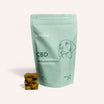


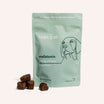
![Probiotics For Dogs [Soft Chews] - HolistaPet](http://www.holistapet.com/cdn/shop/files/Probiotic-Infographic-1_472d7a29-e30c-435a-9638-1365d8c3a9f9.jpg?v=1725384841&width=104)
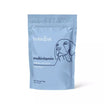



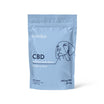
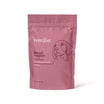
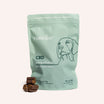

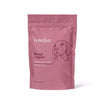
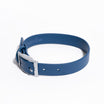
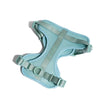
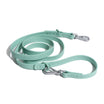

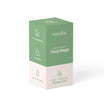
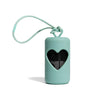
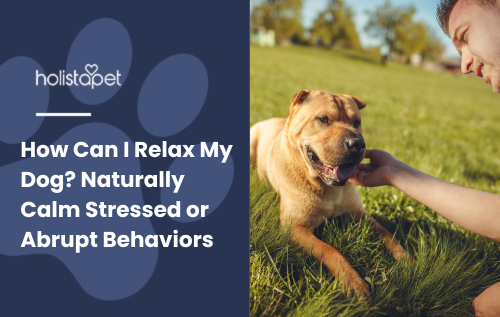


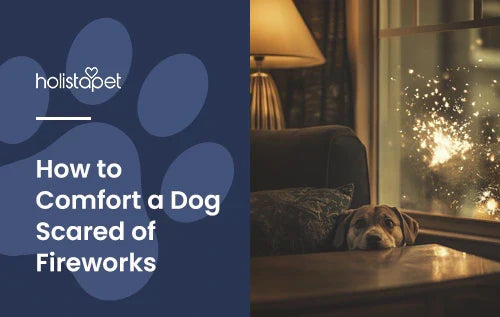
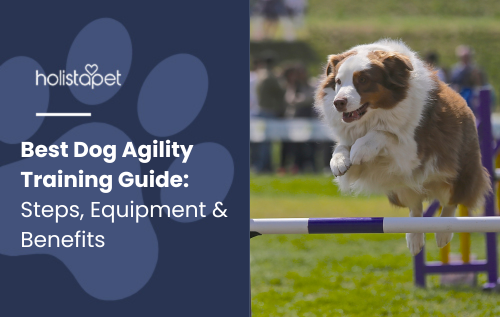
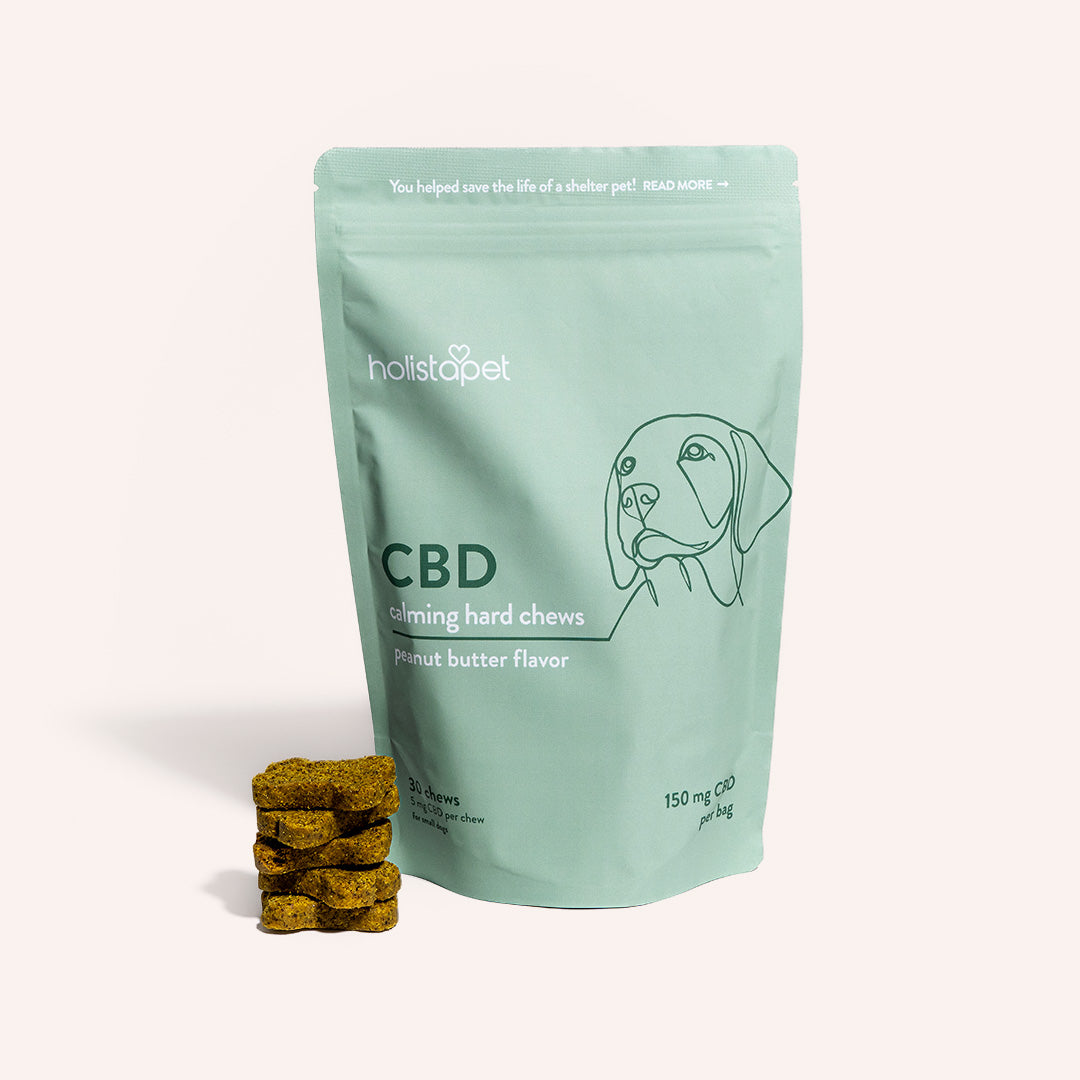
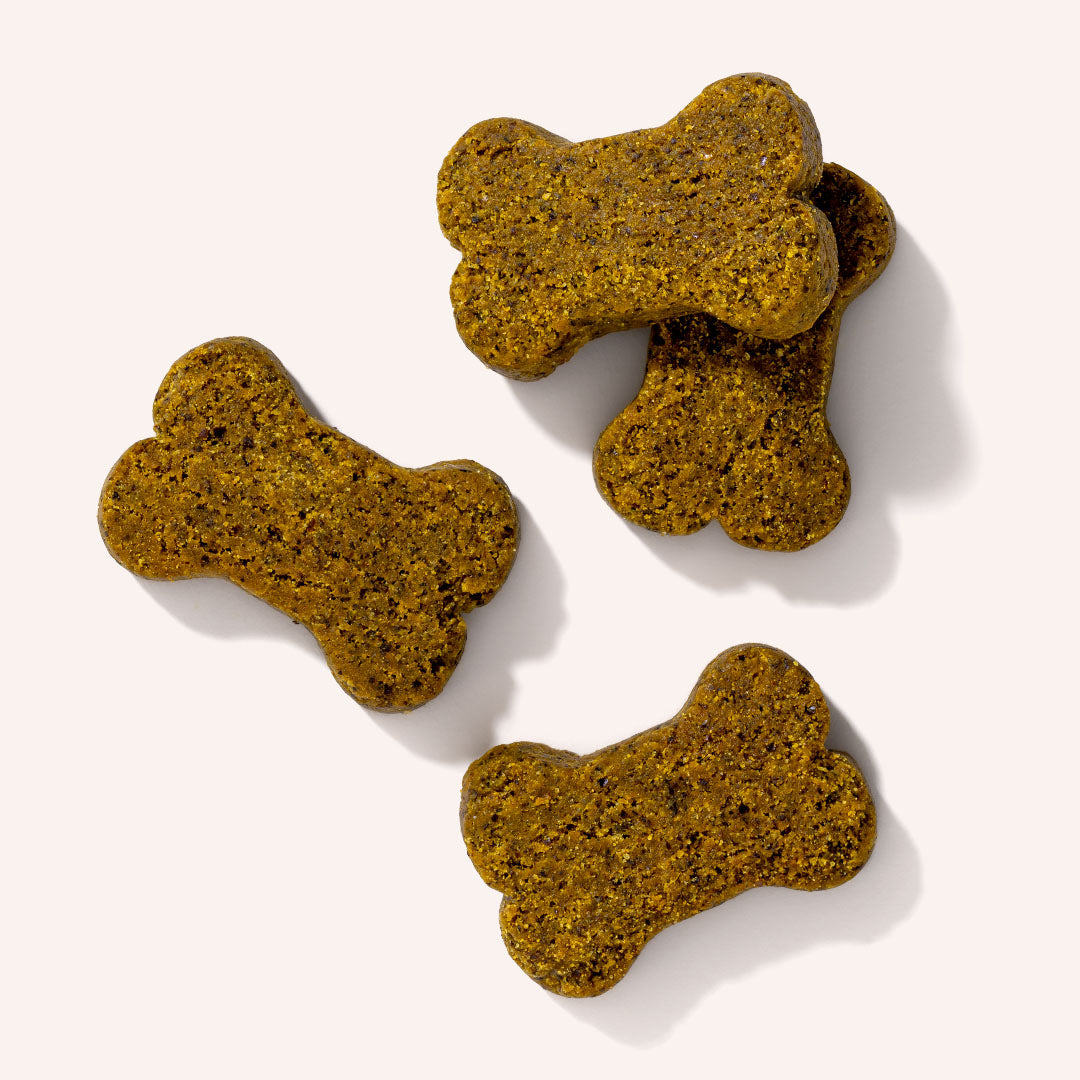
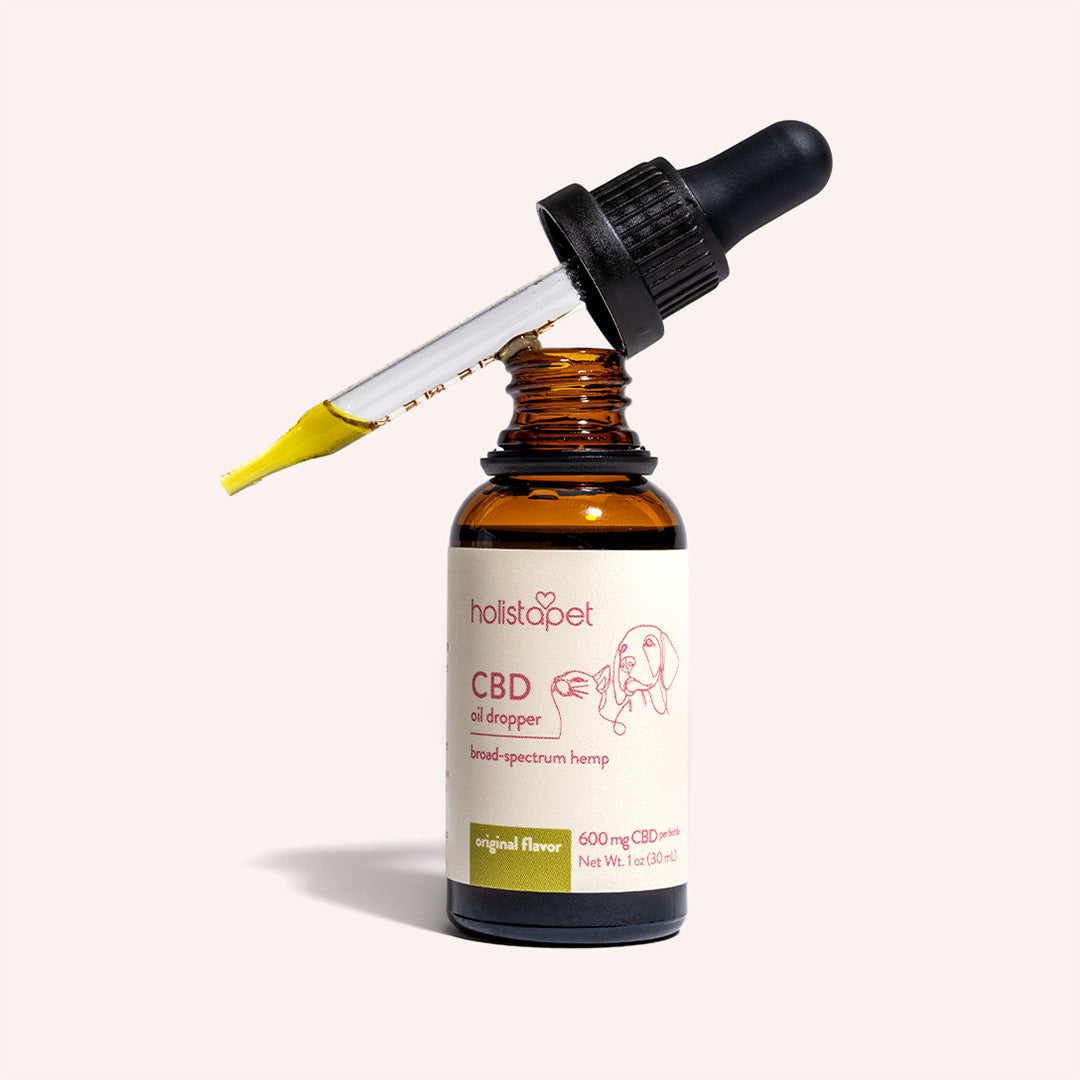
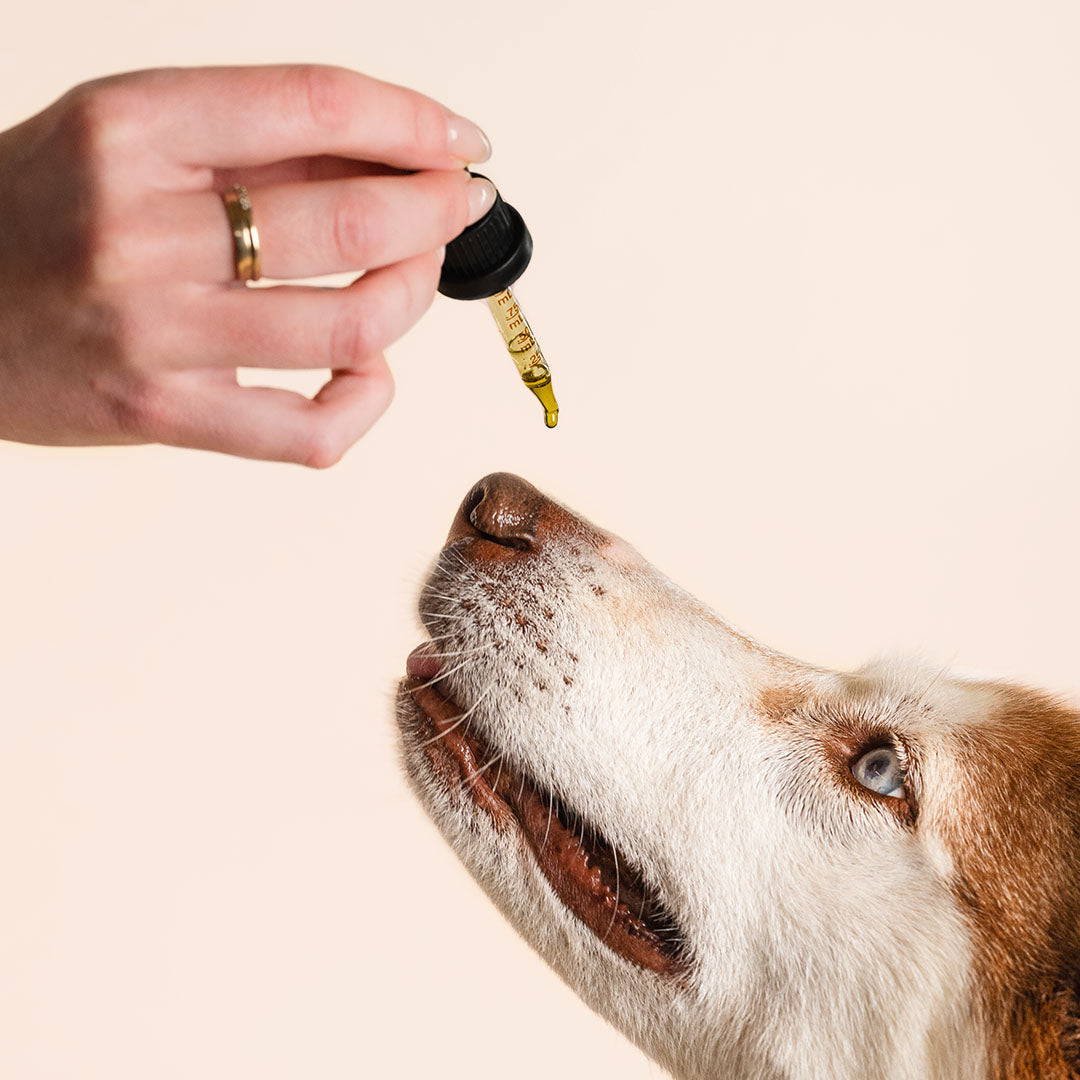


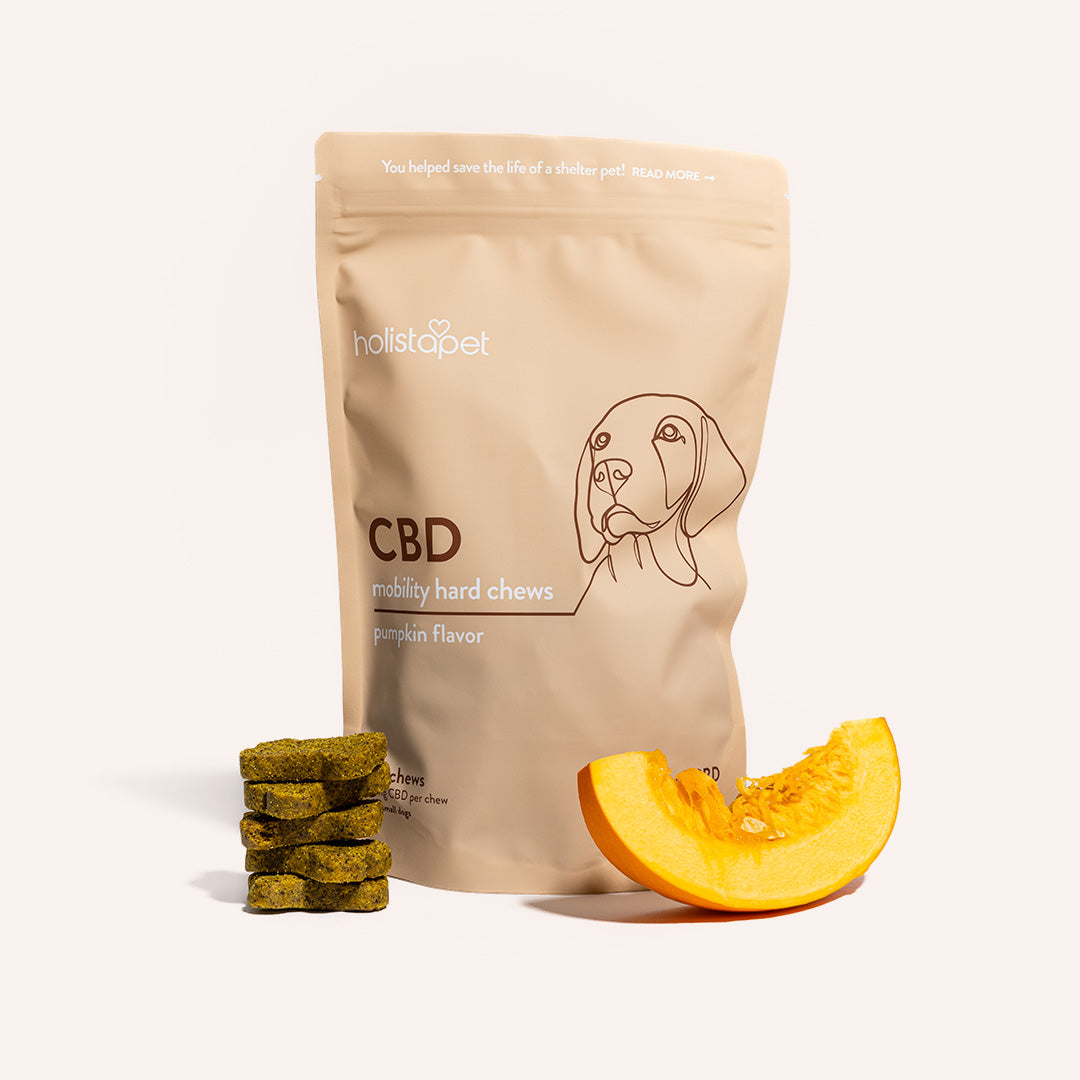
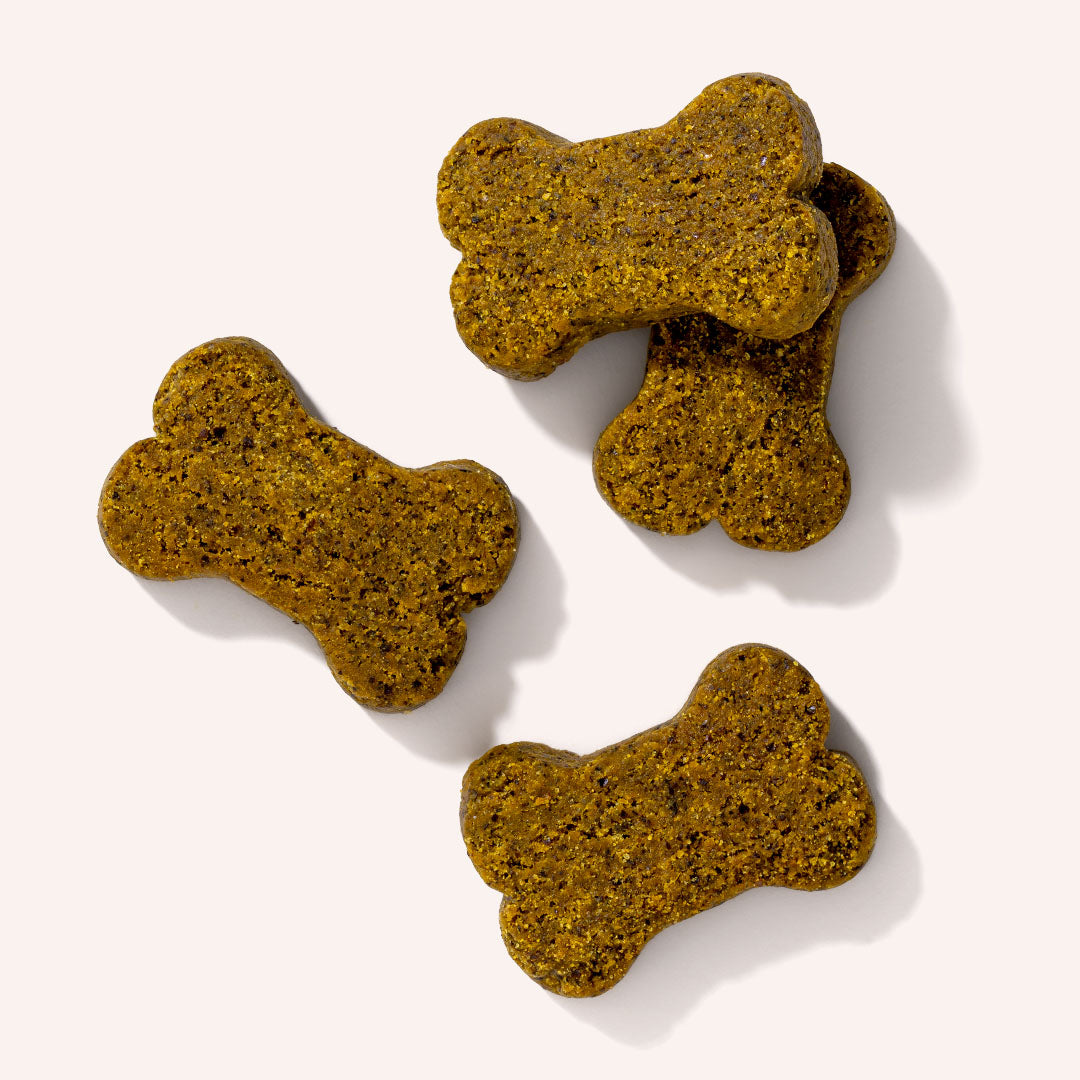

Leave a comment
All comments are moderated before being published.
This site is protected by hCaptcha and the hCaptcha Privacy Policy and Terms of Service apply.